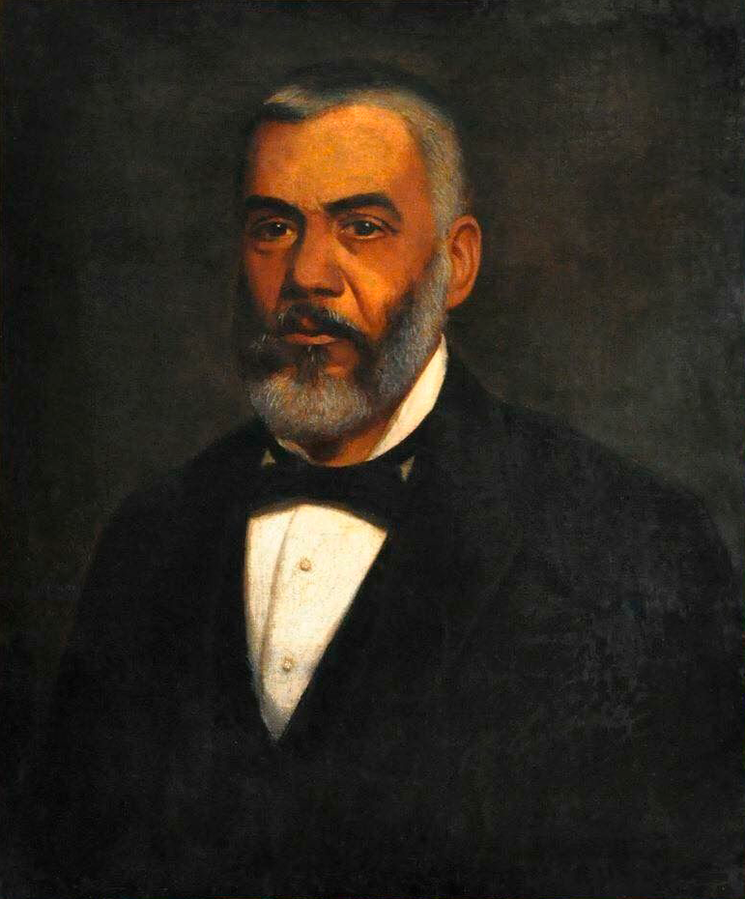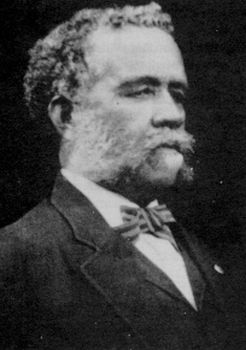Erle S. Robertson, Ph.D., is a professor at the University of Pennsylvania School of Medicine and programme director of the Abramson Cancer Centre’s Tumour Virology Programme. Dr Robertson is a leading expert in the field of viral oncology. He has served on many national and international committees. He directs a laboratory that focuses on the mechanisms of oncogenesis mediated by infectious agents.
Dr. Erle Robertson received his B.S. in microbiology from Howard University in 1987 and his Ph.D. in microbiology and molecular genetics from Wayne University in 1992. He transferred to Harvard Medical School to complete his postdoctoral training. Dr Robertson was an Associate Professor in the Department of Microbiology and Immunology at the University of Michigan Medical School before moving to the University of Pennsylvania. He is currently Professor of Microbiology, Director of the Tumour Virology Training Programme and Associate Director of Research in the Department of Otolaryngology. Dr Robertson leads a virology lab with more than 10 post-doctoral fellows and has authored more than 200 publications, including 8 books.
Dr. Robertson’s laboratory is involved in research into oncogenesis caused by viruses. Areas of investigation include basic molecular mechanisms that contribute to understanding the role of oncogenic human gamma herpesviruses. His group is involved in studies to understand the role of critical viral antigens and their contribution to cell proliferation through usurpation of many cellular functions leading to dysregulatory activities.
His team is also involved in many studies aimed at understanding the role of the microbiome in cancer and the dysbiotic activities that may contribute to neoplastic events. His group is also developing a drug discovery programme with lead compounds that are now being used to develop more efficient analogues that are less toxic, have better solubility for administration and are more bioavailable in preclinical animal studies.
EBV and KSHV are gammaherpesviruses associated with a number of human malignancies. KSHV is associated with Kaposi’s sarcoma (KS), multicentric Castleman’s disease and lymphomas in body cavities, also known as pleural effusion lymphomas. EBV causes infectious mononucleosis (IM), Hodgkin’s lymphoma, Burkitt’s lymphoma, nasopharyngeal cancer and breast cancer. Normally, an infection with one of these viruses is asymptomatic. In fact, EBV infection is very common, with more than 90% of adults being seropositive for EBV. KSHV infections are less common in the general population, although there is a higher percentage of infected individuals in certain geographic regions and in immunocompromised individuals. Once infected, these viruses can cause an initial lytic infection in which infected cells actively produce viral progeny. Thereafter, the virus enters a latent dormancy phase where it becomes stably established for the duration of the host’s life.
Kaposi’s sarcoma came to public attention in the early 1990s as one of the most obvious AIDS -defining diseases. in 1994, Chang and Moore identified KSHV as the causative agent associated with Kaposi’s sarcoma. KSHV was identified as the second human oncogenic herpesvirus with collinear homology to EBV and infects human B cells and endothelial cells. However, the mechanism of KSHV-mediated oncogenesis is not well characterised. KSHV Latency-Associated Nuclear Antigen (LANA) is the most commonly detected antigen in KSHV-infected cells of disease origin and the hallmark of KSHV genome persistence. LANA binds the KSHV genome to histones and modulates cell cycle, transcription, apoptosis and chromatin remodeling.




















